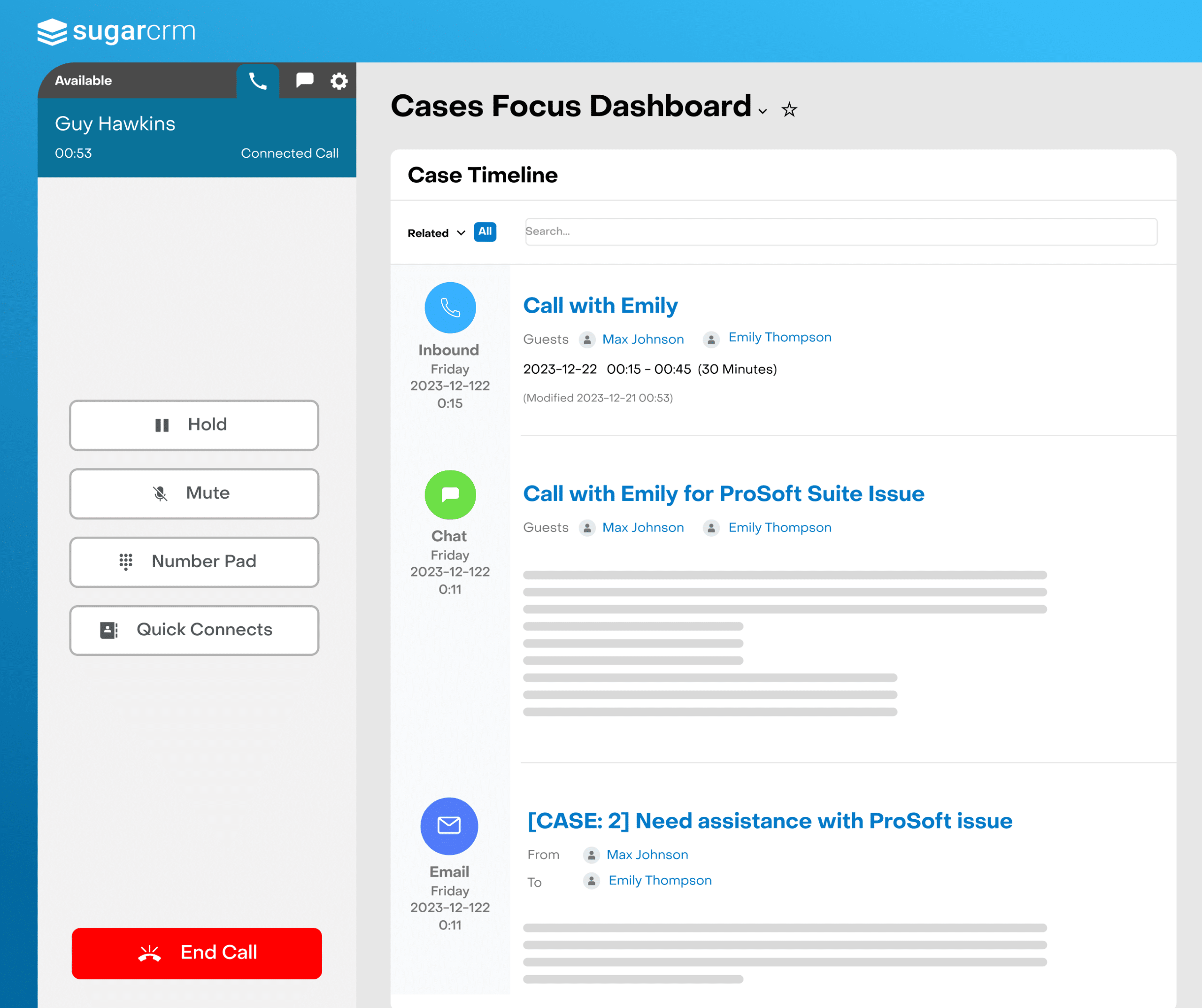Self-Service Portals—Only the Start of Great Customer Service
Customers Want Effortless Experiences via the Right Channels, Not Complete Autonomy
In a world where customers want to solve their own problems quickly, self-service portals are a dynamic solution. However, it’s only a part of the customer service experience. Yes, enabling your customers to find their own solutions is absolutely key to helping to improve your customer experience and customer service SLAs, but it’s only a small fraction of the process. Companies can enable robust self-service areas for customers but forget the most important part—being responsive to their customers that cannot resolve their problems via self-service. What good does it do for a company to enable self-service portals and AI-powered chatbots only to ignore their customers? There’s no such thing as true auto-pilot in the customer service sector and it’s only the first line of defense.
What Customers Want in a Self-Service Portal
 Customers want a frictionless experience. This means that they want it easy to find a product, purchase it, and obtain service when they need it from the vendor. Yet the pitfall of many self-service portals is that they create friction because they don’t solve every issue, or they exhaustively include solutions, historical background, and confusing language that creates information overload. When customers want a solution, the last thing they want is to sort through pages upon pages of information until they find it because they could do that via a Google search (if we’re being honest).
Customers want a frictionless experience. This means that they want it easy to find a product, purchase it, and obtain service when they need it from the vendor. Yet the pitfall of many self-service portals is that they create friction because they don’t solve every issue, or they exhaustively include solutions, historical background, and confusing language that creates information overload. When customers want a solution, the last thing they want is to sort through pages upon pages of information until they find it because they could do that via a Google search (if we’re being honest).
A successful self-service portal needs to be interwoven with great communication and aligned to customer’s expectations. Portals outside these bounds will create friction in the customer service experience. Aligning to customer expectations is probably the least complicated but the hardest aspect for companies to achieve. Often, we assume we know what’s best for the customer or what the customer wants from our brand value rather than actually asking customers. Understanding customer service expectations is a balance between meeting adequate and desired service expectations according to MIT Sloan Management Review, defined as the “Zone of Tolerance.” The conclusion here is that companies who align to customer expectations have a loyal customer base and operate consistently within this realm of expectation by covering the basics of customer service and aligning additional avenues via data sourced from customers. From the beginning, service portals should be based on customer data.
Customers want the basics covered in a self-service portal—common issues related to your product that multiple customers may or may not have. But there exists a line between the basics and unique situations that covers other customer issues, and it is a requirement that businesses accommodate these unique situations via person-to-person communication rather than self-service portals. Without that customer interaction, you may miss out on critical opportunities; without a platform that supports your customer interactions will suffer from blind spots and roadblocks.
Quick Wins of Self-Service Portals Create Results
The idea of creating a frictionless experience is aligning directly with your customers and companies that do this will not only increase their customer experience but their market share. A prime example of this is DoorDash who has recently cemented its market share due to their interest in creating a positive customer experience and following through.
Have you ever had the unfortunate experience of ordering from DoorDash where something in your order was forgotten? It happens but, in just a few clicks, you can receive a refund for the missing item—it couldn’t be easier, and this is the ideal behind frictionless experiences. Because of this frictionless experience and partially due to social climate, DoorDash has captured an additional 10% of the food delivery market. By optimizing the customer experience, DoorDash captured parts of the market that competitors are missing by aligning to customer expectations and customer support experience.
Effective customer service experiences are helpful to the business as a whole whether they come through a self-service portal or via traditional customer service needs. These quick wins when via a self-service portal not only increase customer goodwill toward the brand but aid in the overall perception of the brand by enabling customers to solve their own problems.
True Effortless Customer Experience is a Joint Effort
When creating your self-service portal, it’s essential not to lose sight of the fact that it is only a part of the solution. It bears repeating that it needs to be used in conjunction with traditional customer service methodologies in order to fully provide customers with an effortless experience. When you have a platform that does the work to remove roadblocks and blind spots, it transfers to your customers for great customer experiences.
Self-service portals enable and empower customers so that they can find their own solutions quickly via a straightforward method, but they are only the front line of the effort to create exceptional and effortless customer experiences. Self-service portals can and should be used to help reduce the bandwidth of service centers needed to address common questions, and freeing time to help other customers via one-to-one engagement to address more unique needs. The harmony and balance between a self-service portal and the traditional customer service methodologies enable companies to focus on optimizing the experience. Eliminating commonly searched questions enables people to find the help they need quickly, and also helps customers identify when the appropriate time is to seek help thus cutting down on redundancy within customer service teams.
The main idea behind the effortless experience and customer service expectations is to balance between solving problems readily and eliminate the common issues cited when working with customer experience. Through their research, Gartner has learned that often customer service interactions actually detract from brand loyalty, creating more negative experiences. The idea of an effortless service experience is to balance this out before the customer arrives at the point of frustration that can damage the customer-vendor relationship. This is where the advent of the self-service portal really wins because it adds that layer of effortlessness that customers are searching for and is a viable solution to thwart frustration—so long as companies do not fall into the trap of making it the only customer service solution.
Building out the Solution with the Right Technology
Understanding that a self-service portal is necessary to the customer experience, businesses need a customer service solution that works for the organization to reinforce their customer experience strategy. They need a platform to do the work and create effortless experiences like Sugar Serve. With omnichannel customer service capabilities, Serve provides organizations with a streamlined platform that eliminates busy work with and allows them to create effortless customer experiences. See for yourself what Sugar Serve could do for you.



